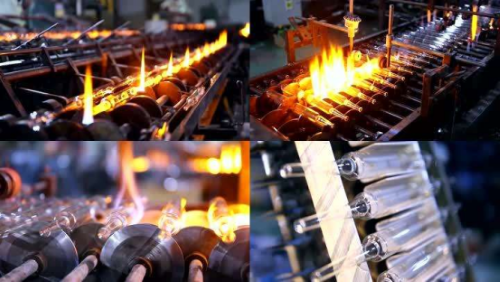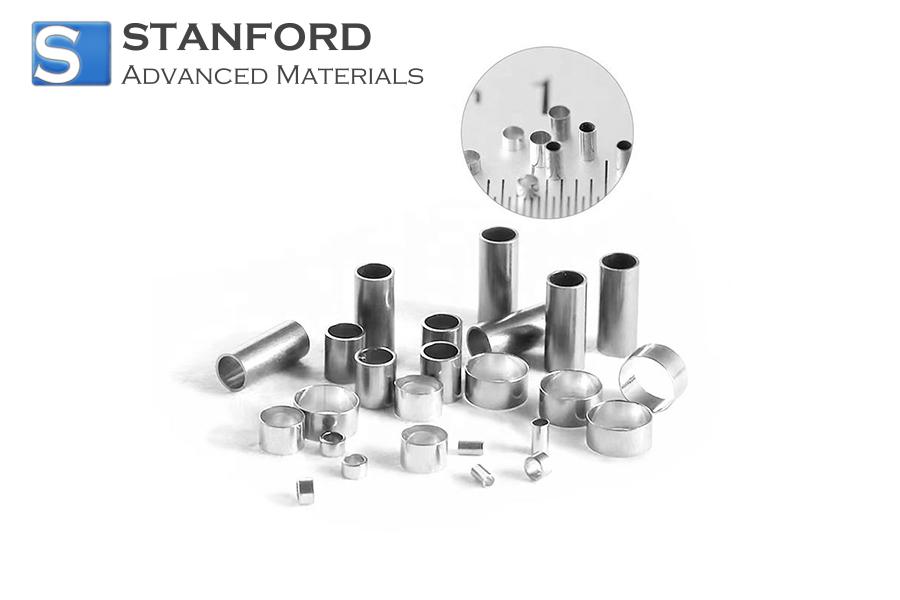10 Common Uses Of Industrial Precious Metals
Industrial precious metals include Gold (Au), Silver (Ag), Platinum (Pt), Palladium (Pd), Rhodium (Rh), Iridium (Ir) and Ruthenium (Ru). They possess electrical conductivity, corrosion resistance and catalytic activity. They are used in various technical sectors and industrial processes.
1. Electronics and Electrical Engineering
These metals are employed for their measured electrical conductivity and corrosion resistance. They form part of electronic devices.
- Gold and Silver: They are used in connectors, switches, printed circuit boards and other components in electronic devices such as smartphones, computers and other consumer electronics. Gold is applied in high-precision connectors because it resists oxidation.
- Silver: It is employed in high-performance electronics and is an important element in photovoltaic cells.
- Platinum and Palladium: They are utilised in specific electronic components, including hard drives and connectors in automotive electronics.
2. Catalysis in Chemical Reactions
These precious metals are implemented in industrial catalysis. They lower the energy barriers in chemical processes.
- Platinum, Palladium and Rhodium: They are applied in automotive catalysts to reduce harmful emissions and convert toxic gases into less harmful substances. They are also used as catalysts in hydrogenation, oxidation and fuel cell processes.
- Ruthenium and Iridium: They are used in various chemical processes. For example, they contribute to ammonia production for fertiliser manufacture and to crude oil refining.

3. Medical and Pharmaceutical Applications
These metals are employed in medical devices and treatments because of their biocompatibility and resistance to corrosion.
- Platinum and Palladium: They are used in the manufacture of medical devices such as pacemakers, stents and diagnostic instruments. Platinum-based compounds, for example Cisplatin, are used in cancer chemotherapy.
- Gold: It is utilised in dental applications including fillings and crowns, as well as in some medical implants owing to its biocompatibility.
- Rhodium and Iridium: They are incorporated in medical instruments and in alloys for implantable devices because of their durability and biocompatibility.
4. Energy and Fuel Cell Technology
The energy sector uses these metals in fuel cells and energy storage systems. They are essential to modern electrochemical processes.
- Platinum and Palladium: They are key components in hydrogen fuel cells. Platinum is also used in electrochemical processes that generate electrical power from hydrogen.
- Rhodium: It is employed in high-efficiency fuel cells that require resistance to elevated temperatures.
- Ruthenium: It is under investigation for potential use in hydrogen generation and energy storage systems.
5. Aerospace and Automotive Industries
These high-performance sectors use these metals because they perform under extreme conditions.
- Platinum and Palladium: They are utilised in the aerospace industry owing to their heat and corrosion resistance. They are used in components such as turbine blades and exhaust systems.
- Rhodium and Iridium: They withstand very high temperatures. They are applied in spark plugs, engine components and certain aircraft parts.
6. Environmental Applications and Emission Control
These metals are implemented in environmental control systems to reduce harmful emissions.
- Rhodium and Platinum: They are used in catalysts that reduce emissions from vehicles and industrial processes. Consequently, they contribute to air quality control.
- Ruthenium and Palladium: They are being assessed for their potential role in carbon capture and conversion technologies.

7. Optics and Photonics
These metals are used in optical applications because of their reflective properties and resistance to oxidation.
- Platinum and Palladium: They are incorporated in optical devices such as sensors and lenses. They provide thermal stability.
- Gold: It is applied in coatings for optical devices such as mirrors and lenses. This use ensures consistent reflection and tarnish resistance.
8. Hydrogenation and Chemical Synthesis
These metals play a central role in chemical synthesis processes. They are used in hydrogenation reactions that convert unsaturated organic compounds into saturated ones.
- Platinum, Palladium and Rhodium: They are utilised in hydrogenation reactions in both food manufacture and petrochemical processes.
9. Glass Manufacturing
These metals are employed in the production of high-temperature glass. They are important in industries where temperature stability is critical.
- Platinum and Rhodium: They are used in manufacturing high-temperature glass and specialist glass, for example in glass for optical fibres.

10. Data Storage and Telecommunications
These metals are employed in data storage and telecommunications to produce reliable components.
- Gold and Silver: They are used in the manufacture of data storage devices such as hard drives and in telecommunication components such as connectors and antennas.
Conclusion
Industrial precious metals are used in sectors including electronics, energy, healthcare and environmental control. Their performance under extreme conditions, electrical conductivity and catalytic properties are supported by measured data. For further information on products and technical support, please visit Stanford Advanced Materials (SAM).

 Bars
Bars
 Beads & Spheres
Beads & Spheres
 Bolts & Nuts
Bolts & Nuts
 Crucibles
Crucibles
 Discs
Discs
 Fibers & Fabrics
Fibers & Fabrics
 Films
Films
 Flake
Flake
 Foams
Foams
 Foil
Foil
 Granules
Granules
 Honeycombs
Honeycombs
 Ink
Ink
 Laminate
Laminate
 Lumps
Lumps
 Meshes
Meshes
 Metallised Film
Metallised Film
 Plate
Plate
 Powders
Powders
 Rod
Rod
 Sheets
Sheets
 Single Crystals
Single Crystals
 Sputtering Target
Sputtering Target
 Tubes
Tubes
 Washer
Washer
 Wires
Wires
 Converters & Calculators
Converters & Calculators
 Write for Us
Write for Us

 Chin Trento
Chin Trento



